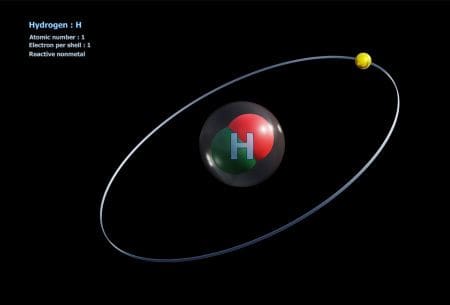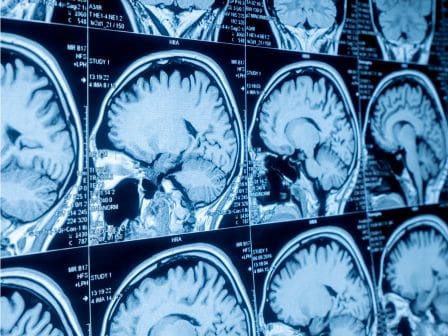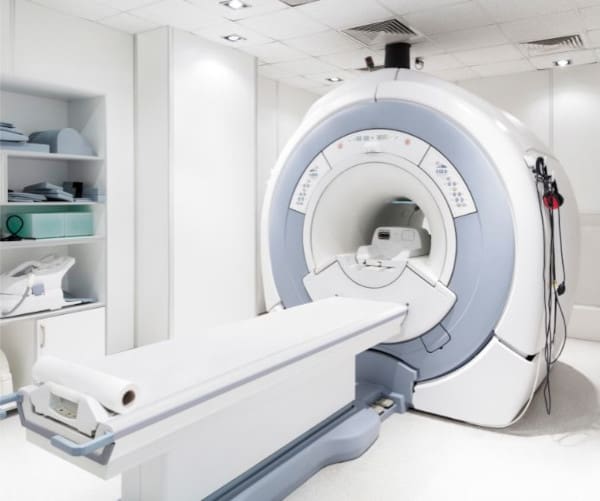Today, we’re going to take an exciting journey into the world of MRI technology. Magnetic Resonance Imaging (MRI) is a groundbreaking medical diagnostic tool that has transformed the way we visualize the human body. While it may seem like magic, the technology behind MRI is deeply rooted in physics and mathematics. In this blog post, we’ll explore the fundamental concepts that drive MRI, shedding light on the science behind the magic. Whether you’re a nursing student or just curious about medical imaging, this post is designed to make complex ideas easy to understand.
The Basics of MRI
Before delving into the physics and mathematics of MRI, it’s important to have a basic understanding of how an MRI machine works.
What is MRI?
MRI, short for Magnetic Resonance Imaging, is a non-invasive medical imaging technique used to create detailed images of the inside of the body. It relies on powerful magnets, radio waves, and a sophisticated computer system to generate images that help healthcare professionals diagnose and monitor various medical conditions.
The MRI Machine
An MRI machine is a large cylindrical device that surrounds the patient. The patient lies inside this machine, and their body is exposed to a strong magnetic field and radio waves.
The Basics of Image Formation
The key to understanding MRI technology lies in the behavior of hydrogen nuclei in the human body when subjected to these magnetic fields and radio waves. Here’s where the physics and mathematics come into play.
The Role of Physics in MRI
In the world of Magnetic Resonance Imaging (MRI), physics takes center stage. Understanding the physics behind MRI is essential to unravel the science that makes this remarkable medical imaging technique possible. At its core, MRI relies on the intriguing behavior of hydrogen nuclei in the presence of powerful magnetic fields. This section will demystify the magnetic resonance process, revealing the fundamental physics principles that underpin the enchanting world of MRI.
Magnetic Resonance
MRI technology is based on the principles of nuclear magnetic resonance (NMR). NMR is a fundamental concept in physics that involves the interaction of atomic nuclei with magnetic fields. In the case of MRI, the hydrogen nuclei (protons) in our body are the focus.

Hydrogen nuclei behave like tiny magnets. When subjected to a strong magnetic field, these nuclei align with the field. Think of it as aligning tiny bar magnets along a larger magnetic field.

Radiofrequency Pulses
Now, the magic happens when a radiofrequency pulse is applied. This pulse tips the aligned hydrogen nuclei out of their magnetic alignment. When the pulse is turned off, the nuclei return to their original alignment, releasing energy in the process.
Measuring the Released Energy
The released energy is crucial for image formation. MRI machines are equipped with detectors that measure the energy released by hydrogen nuclei as they return to their original alignment. This energy is then used to create detailed images of the body’s internal structures.
The Role of Math in MRI
While physics sets the stage for the wonders of MRI, mathematics plays a crucial role behind the scenes. The conversion of raw data into the clear, detailed images we associate with MRI is a mathematical feat that involves complex algorithms and transformations. In this section, we’ll explore how mathematics is the key to translating data into the captivating medical images that aid diagnosis and research.
Creating an Image from Data
The data collected during an MRI scan is essentially a complex mathematical puzzle. Advanced mathematical algorithms are used to convert this data into the vivid images we see. The process of converting raw data into an image is called Fourier Transformation.
Spatial Encoding
MRI technology uses gradients of magnetic fields to create spatial encoding. By varying the magnetic field strength across the body, the MRI machine can precisely locate where in the body the signals are coming from. This spatial encoding is essential for constructing detailed 2D and 3D images.

Signal Processing
Signal processing is another critical aspect of MRI. Mathematical techniques are used to filter out noise, enhance image contrast, and improve overall image quality. The field of signal processing ensures that the final MRI images are both accurate and visually informative
Real-World Applications
Now that we’ve explored the physics and math behind MRI, let’s discuss how this technology is used in the real world.
Medical Diagnosis
MRI is invaluable in diagnosing a wide range of medical conditions, from brain tumors to ligament injuries. The high-resolution images generated by MRI allow healthcare professionals to make accurate diagnoses, plan surgeries, and monitor treatment progress.
Research and Development
In addition to clinical applications, MRI plays a crucial role in medical research and drug development. Researchers use MRI to study various physiological processes in the body and to evaluate the effectiveness of new drugs and treatments.
Functional MRI (fMRI)
Functional MRI, a specialized form of MRI, is used to monitor brain activity by measuring changes in blood flow. It has revolutionized our understanding of how the brain works and is widely employed in neuroscience research.
Where Science Meets Medical Marvels
Magnetic Resonance Imaging is truly a marvel of modern medicine, and its magic lies in the intricate interplay of physics and mathematics. By understanding the behavior of hydrogen nuclei in strong magnetic fields and the mathematical wizardry that transforms raw data into images, we can appreciate the science that underpins this technology.
The physics and mathematics of MRI technology are a testament to the power of science in healthcare. So, the next time you marvel at an MRI image, remember that it’s not just magic – it’s science in action.
We hope you found this exploration of MRI technology enlightening. If you’re interested in nursing education or other healthcare-related topics, stay tuned for more informative content from CNI College. If you have any questions or want to learn more about our MRI Technician program, feel free to get in touch with us.
Sources:
“Magnetic Resonance Imaging (MRI)” – Radiological Society of North America.
“The Basics of MRI” – National High Magnetic Field Laboratory.
“The Physics of Magnetic Resonance Imaging (MRI)” – International Journal of Advance Research, Ideas and Innovations in Technology
“MRI: The Basics” – InsideRadiology.

